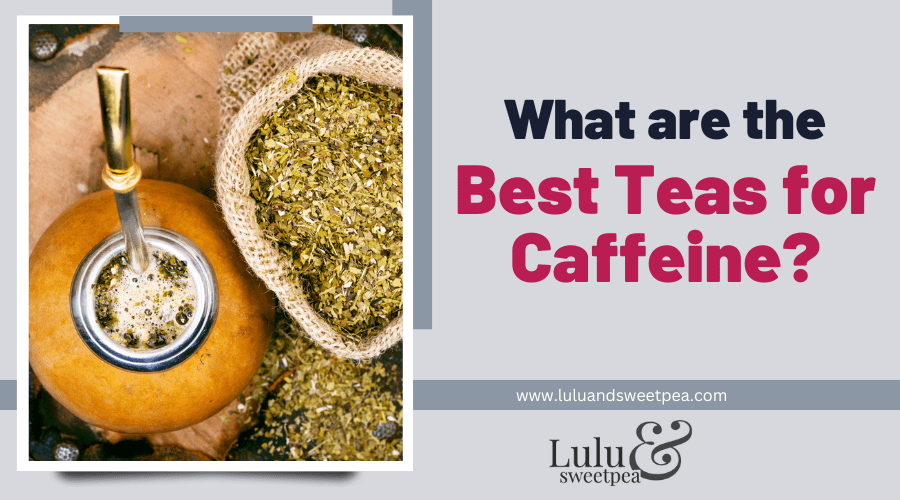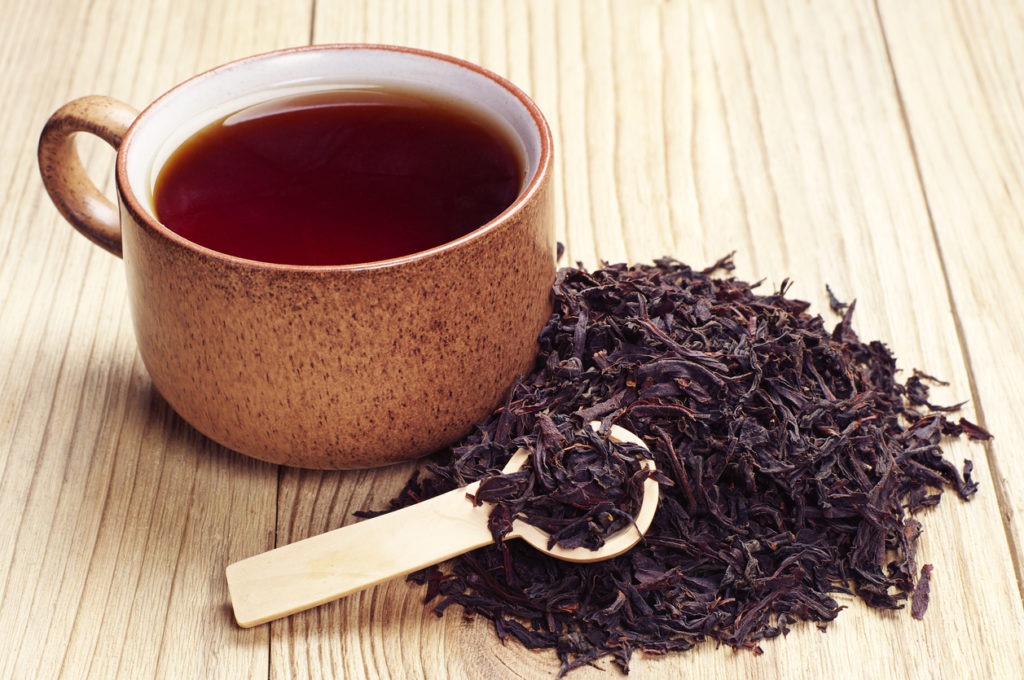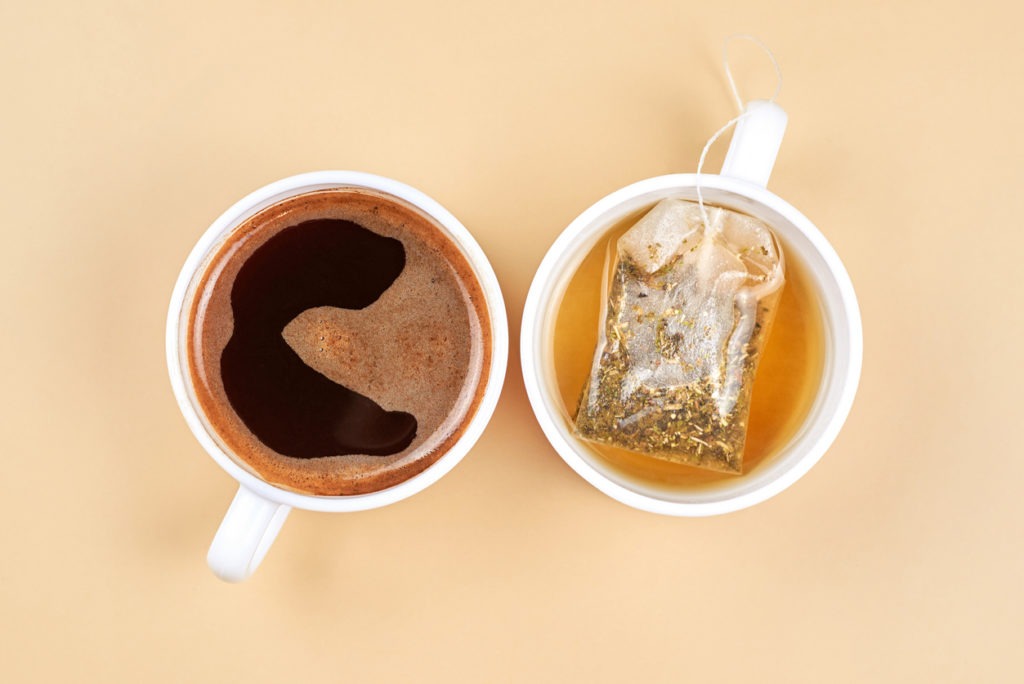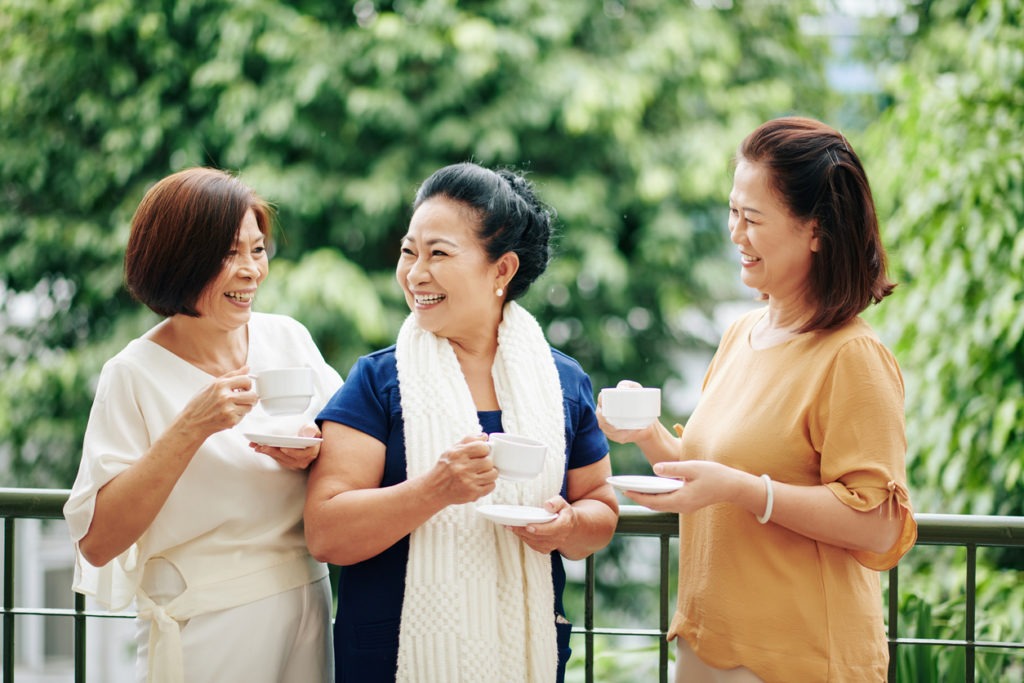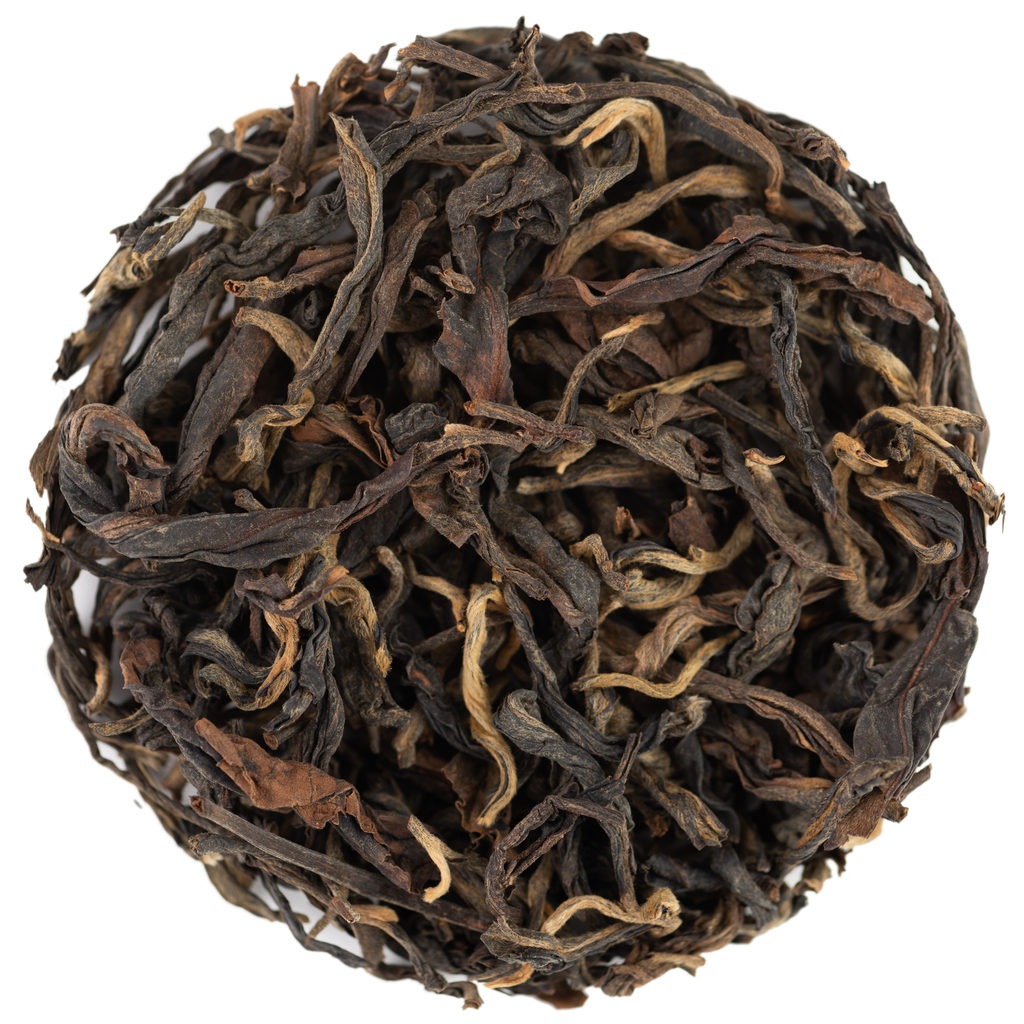This is where coffee and tea stand in one’s life: “A terrible day with coffee and tea is better than a good day without it.” For many people, they serve as a wake-up call that their day never begins without. Even after a long and busy day, a cup of coffee or a tea with a lot of caffeine keeps us up and energized. They refresh our bodies and minds. They provide us joy. And the reason for that is that they contain caffeine, a natural stimulant.
While an English-style black tea only has 40gms of caffeine, an average cup of drip coffee has at least 100gms. However, the amounts differ based on the brewing or steeping technique and duration. Japanese researchers discovered that caffeine boosts logical reasoning, reaction time, and memory.
What is Caffeine?
Tea, coffee, cola almonds, cacao, guarana, and other plant foods contain caffeine, a natural stimulant (found in some energy drinks and bars).
By accelerating the transmission of information from the central nervous system to the brain, it helps us feel momentarily more awake and aware. Everyone is different when it comes to how caffeine affects them; some people are extremely sensitive and cannot ingest any caffeine at all, while others can drink several cups of tea or coffee with no visible negative effects.
Tea contains caffeine, which is acceptable to consume as part of a healthy diet, but it is recommended to avoid it in the afternoon to minimize any sleep disruption.
Toddlers and young children should not consume caffeine, and pregnant women should consume no more than 200mg per day.
The 7 Best High Caffeine Teas
These seven kinds of tea offer a healthy burst of caffeine and so much more if you’re looking for the greatest high-caffeine teas.
Yerba Mate
The Camellia sinensis plant provides the leaves used to make the majority of teas. The leaves of the rainforest holly tree are what make up yerba mate.
Yerba Mate is the tea with the greatest caffeine, providing 85 mg per cup in addition to its beneficial antioxidants.
Yerba Mate delivers a great caffeine boost without the crash and only contains 5 milligrams less caffeine than a typical cup of coffee.
Yerba Mate is a fantastic substitute for coffee if you often start your day with a cup.
Matcha Tea
Green tea leaves are pounded on a stone to make the energizing tea variation known as matcha. The entire tea leaf is actually consumed when drinking matcha. Because of this, it has an exceptionally high caffeine concentration of 75mg per cup.
In addition to the previously mentioned L-theanine, matcha green tea also packs a powerful punch of catechins and polyphenols.
While the polyphenols in matcha are an antioxidant, the catechins may boost cellular and metabolic health.
Pu’er Tea
Pu’er tea, also known as pu’erh tea, is a fermented tea that has antioxidants that may support heart health and good weight control.
Pu’er maintains healthy, radiant skin and contains probiotic qualities.
A cup of pu’er tea has 60–70 mg of caffeine.
Black Tea
Black tea, which has 50mg of caffeine per cup, is the most caffeinated tea. Similar to matcha, black tea is abundant in antioxidant polyphenols and is particularly prized for its health-promoting theaflavins.
Black tea, as opposed to coffee, may improve healthy blood pressure, help with weight management, and support heart health.
Black tea also makes a great transition drink if you’re trying to reduce your caffeine and coffee intake because of its robust flavor.
Oolong Tea
Oolong tea contains 40 mg of caffeine per cup, just 10 mg less than black tea, and is a good source of important vitamins and minerals.
In addition, oolong tea is sweeter and lighter than black tea. So, if you want to avoid a strong morning beverage, you may sip on oolong and still get the same caffeine rush.
Green Tea
Compared to oolong and black tea, green tea has a slightly lower caffeine content. Caffeine content in an 8-ounce cup of tea is 25mg.
Because green tea has less caffeine than other beverages, you can have several cups of it throughout the day.
If you typically consume 100–200 mg of caffeine from coffee, this is beneficial. Additionally, green tea supports digestion, making it the ideal beverage for after lunch.
If you keep a few loose-leaf tea bags or crystals at your desk, you can get a consistent source of caffeine without experiencing the irritability and other negative side effects that come with giving up coffee.
White Tea
Give white teas a try if you want the most subtle caffeine boost. Each cup contains about 13 milligrams of caffeine.
White tea is equally as acceptable to have throughout the day and in between higher caffeinated beverages, just like green tea.
You’ll experience no jitters while getting a relaxing caffeine boost.
You’ll also be able to absorb all the L-theanine and antioxidants that white tea has to offer.
That is a tasty way to drink more water and a healthy upgrade for your afternoon coffee.
Six Reasons to Prefer Tea over Coffee
1. Tea has more anti-oxidative power
As opposed to its ally, coffee, tea contains a higher percentage of antioxidants, and scientists raise their hands in support of its wonderful flavor. In addition to protecting against heart disease, antioxidants also keep the body invigorated and rejuvenated.
The anti-aging properties of tea make it a prized beverage among all living generations. Green tea also promotes weight loss and increases the activity of muscle cells. It is a good source of caffeine that aids in weight loss and maintains a trim waist.
Antioxidants are present in coffee as well, but in lesser quantities than in tea. Each beverage has a different impact on the body. Given its higher caffeine content than coffee and its ability to complement a generally well-balanced diet, tea seems like a better option.
2. Tea makes you more active all day long
Tea contains caffeine that is absorbed more slowly by the body and helps you stay energetic for a longer amount of time, whereas coffee offers a greater rush of caffeine into the body, but its influence lasts shorter and benefits fade more quickly than predicted.
The amino acid theanine, which is found in both green and black tea, lowers anxiety by increasing a number of inhibitory neurotransmitters that control serotonin and dopamine. These neurotransmitters stabilize mood, keep you active, stimulate brainwaves, and improve mental clarity. L-theanine balances the stimulatory effects of caffeine so you keep attentive without being jittery, yet it may boost learning, concentration, and pleasure experiences.
3. Hydrates you and replaces lost fluids
It may be more advantageous to sip a cup of tea (hot or cold) to replenish lost fluids from the body on a hot summer day because tea has the added benefit of simply being pure water with a little flavor. Coffee takes longer to hydrate because of its absolute combination with water, whereas tea hydrates more quickly.
4. Tea aids to the bone health
Tea consumption encourages the growth of strong bones. According to researchers, because to the high concentration of catechins in tea, people are less prone to develop osteoporosis in their later years. People typically have stronger bones, and there is little risk of them becoming brittle or unstable as they age.
5. Strong stress-reduction agent
Due to the fact that tea culture is strongly engrained in many nations’ customs, it serves as a unifying and refreshing tool. In fact, studies suggest that those who consume three cups of tea every day had reduced amounts of the stress hormone Cortisol in their bodies. Tea is considerably more probable than coffee to help one calm down and relax after going through a difficult mental condition. Antioxidants are essential for calming down and reducing stress, helping our blood vessels fight off dangerous substances in the body and improving our capacity for relaxation.
6. It’s easier than making coffee
Tea is much simpler to brew and comes in a vast variety with various health advantages. After a few minutes, you can finish brewing tea by putting a teabag in a hot cup of water. After a cup of it, the somewhat refreshing flavor will make you want to walk for miles. Although tea appears like a better choice to put in a tea mug with hot water and feel relieved right away in the world of gourmet coffees, we must also admit that coffee is much simpler to make.
Factors Influencing Caffeine Levels in Tea
Teas’ caffeine content is frequently misrepresented and listed erroneously. For instance, a lot of people believe that green tea always contains less caffeine than black tea, and some believe that white tea has a naturally low caffeine content. Learn the truth about the variables that affect the amount of caffeine in teas.
Tea Brewing Style
The amount of caffeine in tea can vary greatly depending on the brewing process. The amount of caffeine in your beverage will rise if you use hotter water, brew it for longer, or use more tea leaves per cup of water. Utilizing tea bags might also affect how much caffeine is in your tea.
Tea Grades
Teas are given grades according on how entire or broken the leaves are. Broken leaves generally release more caffeine into your coffee more quickly than intact leaves. Teabags frequently include severely broken tea grades; hence they typically contain more caffeine. Tea ratings also consider a tea’s “tippiness”. The amount of caffeine in a tea might also vary depending on the ratio of tips.
Tea Tips, Tea Stems
Newly formed tea tips (or buds), which are frequently used to make white tea, are typically recognized to have more antioxidants and nutrients than older tea leaves. In comparison to older tea leaves, they also contain more caffeine.
Because they are manufactured with more tips or buds than black teas, many white teas from outside of Fujian, China contain more caffeine than black teas in terms of the pure leaf. The caffeine content of tippy black teas and green teas will also be higher than that of their leafier equivalents.
On the other hand, tea stems barely contain any caffeine. Teas prepared from “twigs” (stems), including Hojicha and Kukicha, are naturally very low in caffeine.
Tea Varietals
Compared to other tea varieties, the Assamica tea variety contains more caffeine. In Assam, India, the Assamica variety is predominantly grown for the production of robust, tannic black teas like English Breakfast tea.
The so-called “white tea varietals” have naturally lower caffeine contents than other varietals. Because of this, white teas made from these varietals—like white peony and Fujian silver needles—have lower caffeine content and higher antioxidant levels than most other teas. However, other “white teas” produced from different varietals in other regions of the world are not as low in caffeine.
Shade-Grown Teas
In general, teas cultivated in shade—like Gyokuro green tea—will contain more caffeine than other types of tea. This phenomenon is related to a change in chlorophyll and other compounds that happens when leaves are shaded from the light in the days or weeks before harvest using netting.
Powdered Teas
Matcha green tea, for example, is a powdered tea that often contains a lot of caffeine. This is due to the fact that you ingest the complete leaf rather than simply an infusion of it, so consuming all of the caffeine in it. Due to its shade-grown production, matcha powdered tea has a very high caffeine content.
Caffeine Release in Twisted or Rolled Teas
Caffeine may be released more slowly from teas with tightly rolled or twisted leaves than from leaves that are flat or open. This generally holds true for particular varieties of oolong teas, which are frequently brewed in a gaiwan or yixing teapot. It is unknown whether the total amount of caffeine released across a number of infusions is comparable to the amount of caffeine released during a single infusion of teas that are similar but less twisted or rolled.
Tea Blends
The amount of caffeine in teas that have been blended with other ingredients—like mint or masala chai spices—is frequently less than in unblended teas. This is due to the fact that they are frequently brewed using the same amount of tea to water (e.g., one teaspoon per cup), but less actual tea leaves are used overall since some herbs have taken their place.
Conclusion
You now have access to all the strong teas you require to reduce or give up your daily coffee or energy drink consumption. The amount of caffeine in each cup of these caffeinated teas varies from 13 mg to 85 mg. Each offers the energy boost needed for your busy schedule without the negative effects of excessive caffeine. It has never been simpler to go from coffee to tea in the morning and maintain your energy levels throughout the day.
